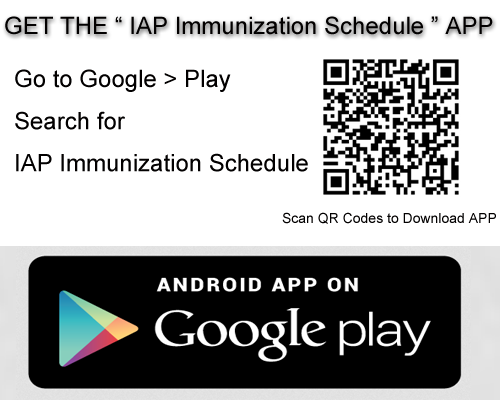What is polio?
Polio is an infectious disease caused by a virus that lives in the throat and intestinal tract. It can cause lifelong paralysis (can’t move parts of the body), and it can be deadly.
What are the symptoms of poliovirus infection?
Most people who get infected with poliovirus do not have any symptoms.
Some people (24 people out of 100) will have flu-like symptoms. These symptoms usually last 2 to 5 days then go away on their own.
In rare cases, poliovirus infection can be very serious. About 1 out of 100 people will have weakness or paralysis in their arms, legs, or both. This paralysis or weakness can last a lifetime.
Is it serious?
The risk of lifelong paralysis is very serious. Even children who seem to fully recover can develop new muscle pain, weakness, or paralysis as adults, 30 or 40 years later.
About 2 to 5 children out of 100 who have paralysis from polio die because the virus affects the muscles that help them breathe.
How does polio spread?
Poliovirus is very contagious. It spreads through contact with the stool of an infected person and droplets from a sneeze or cough. If you get stool or droplets from an infected person on your hands and you touch your mouth, you can get infected. Also, if you put objects, like toys, that have stool or droplets on them into your mouth, you can get infected.
An infected person may spread the virus to others immediately before, and usually 1 to 2 weeks after, developing symptoms. The virus may live in an infected person’s stool for many weeks. It can contaminate food and water when people do not wash their hands.
Is the polio virus still causing paralysis in the world?
Yes. Two countries, namely Pakistan and Afghanistan are still infected with wild poliovirus. All other countries are free from wild poliovirus. Recently, Nigeria has also reported 2 cases of wild poliovirus this year. In India, the last wild polio virus case was reported in 2011.
What different types of polio vaccines available?
There are two types of vaccine that protect against polio: inactivated polio vaccine (IPV) and oral polio vaccine (OPV). IPV is given as an injection in the leg or arm, depending on patient's age while OPV is administered by mouth. Polio vaccine may be given at the same time as other vaccines. Most people should get polio vaccine when they are children.
What is the schedule of these polio vaccines?
Children get at least 3 doses of OPV at 6, 10, and 14 weeks along with booster doses at 16-18 mo and at 4-6 years of age. In industrialized countries, 4 doses of IPV, at these ages: 2 months, 4 months, 6-18 months, and booster dose at 4-6 years. OPV is being used exclusively in India since 1978. IPV has been recently added to India's national immunization program since last year. IPV is now given intradermally by needle and syringes at 6 and 14 weeks of age. OPV is also continued. Apart from routine OPV doses, frequent rounds of OPV are conducted in India for last many years.
A person is considered to be fully immunized if he or she has received a primary series of at least three doses of inactivated poliovirus vaccine (IPV), live oral poliovirus vaccine (OPV), or four doses of any combination of IPV and OPV.
OPV continues to be used in the countries where polio is endemic or the risk of importation and transmission is high. OPV is recommended for global polio eradication activities in polio-endemic countries due to its advantages over IPV in providing intestinal immunity and providing secondary spread of the vaccine to unprotected contacts.
Why should my child get the polio accines?
The polio vaccines:
- Protects your child from polio, a potentially serious disease
- Prevents your child from developing lifelong paralysis from polio
Is the polio vaccine safe?
Yes. The polio vaccine is very safe and effective at preventing polio. Vaccines, like any medicine, can have side effects. Most children who get the polio shot have no side effects.
What are the side effects?
Both the vaccines are extremely safe. Billion of doses of OPV and IPV are administered globally with very few side effects. When side effects do occur, they are usually mild, like temporary redness and pain at the injection site. OPV may on very rare occasions cause vaccine associated poliomyelitis in the contacts or recipients of the vaccine.
Sources:
- Polio and the Vaccine (Shot) to Prevent It. Available from: www.cdc.gov/li>
- IAP Guidebook on Immunization 2013-14. Available from: www.iapindia.org
Last Updated : 10/01/2020
© Copyright 2015, All Rights Reserved by ACVIP. Powered by: ITindustries.com







